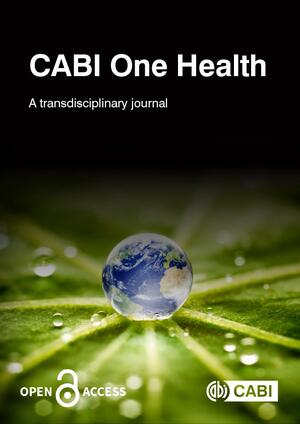
Human health impacts of dams and reservoirs: neglected issues in a One Health perspective
Abstract
Dams have often been constructed for hydropower, water storage and to support socio-economic development, particularly in areas of water stress. In many places, the water stored in human-made reservoirs is essential to meet the development objectives of water supply, agriculture, industry, energy generation and other sectors. However, in the absence of adequate foresight and planning, many past dams have had considerable negative impacts on ecosystems and the livelihoods of affected communities, resulting in conflicts and health hazards. While enhanced human health and well-being could be considered as the ultimate outcome of development programs, the public health impact of dams remains an issue that is often neglected by policy makers and investors. National policies and international guidelines, such as those of the World Commission on Dams (WCD), have been used to improve planning and impact assessment of dams. Here, we provide an analysis of four large dams, across three continents, and show that they had limited consistency with WCD principles and guidelines. Moreover, health aspects were largely neglected during planning, construction and operation of these dams, but seriously undermine their intended benefits. This perspective paper discusses impacts of dams on energy and food, ecosystem health, inclusion, and ultimately human health and wellbeing. We argue that a One Health perspective, based on these four categories, can support the systematic consideration of environmental, animal, and human health determinants. A dedicated One Health approach to dams and reservoirs remains to be developed but could potentially improve how dams, both existing and future, support more inclusive development.
Citation
Ramamurthy, R. et al. 2023. Human health impacts of dams and reservoirs: neglected issues in a One Health perspective. Aquatic Ecosystem Health & Management 26(2): 96-112










